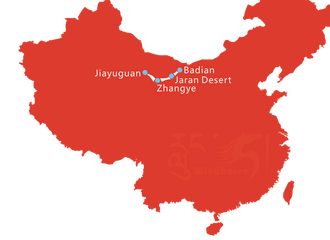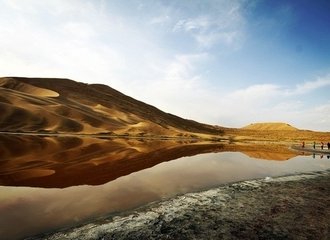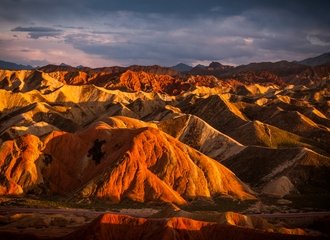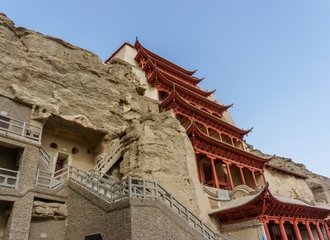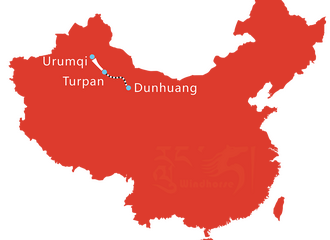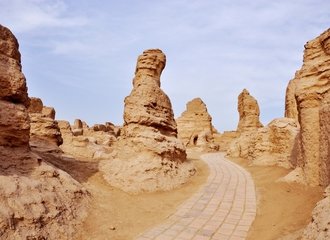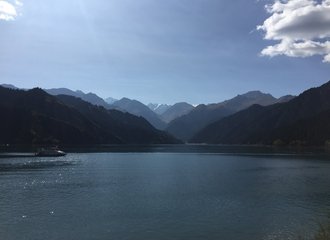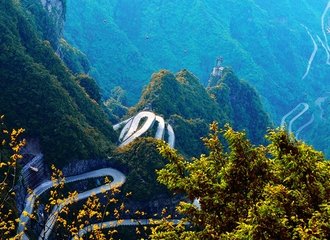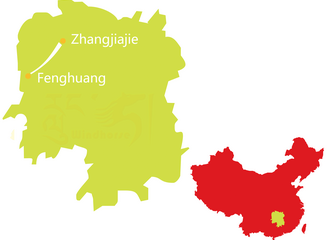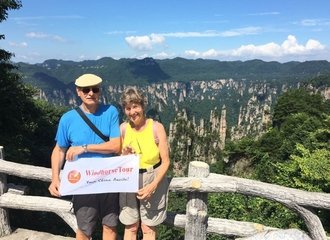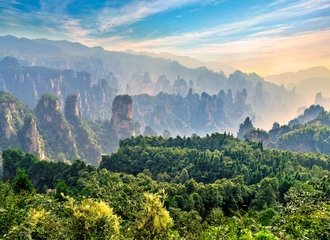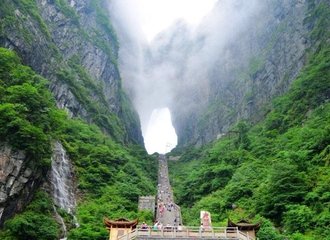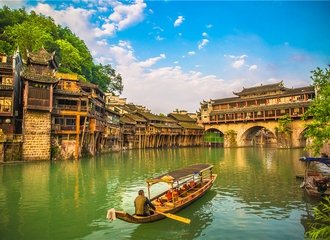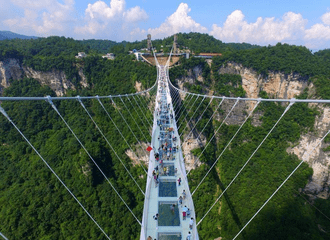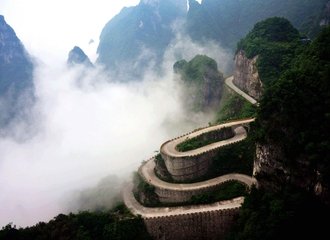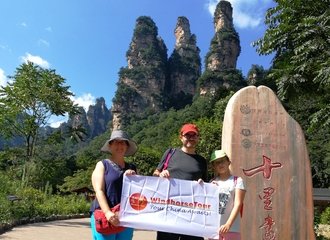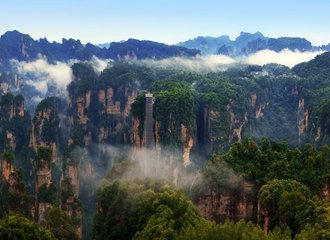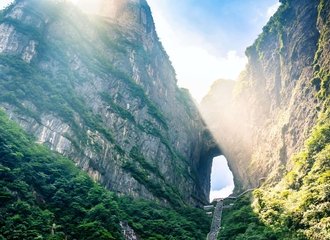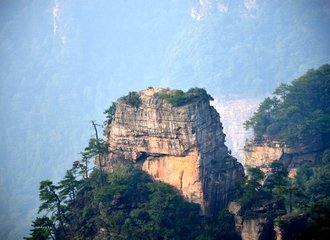Yangtze excursion sites
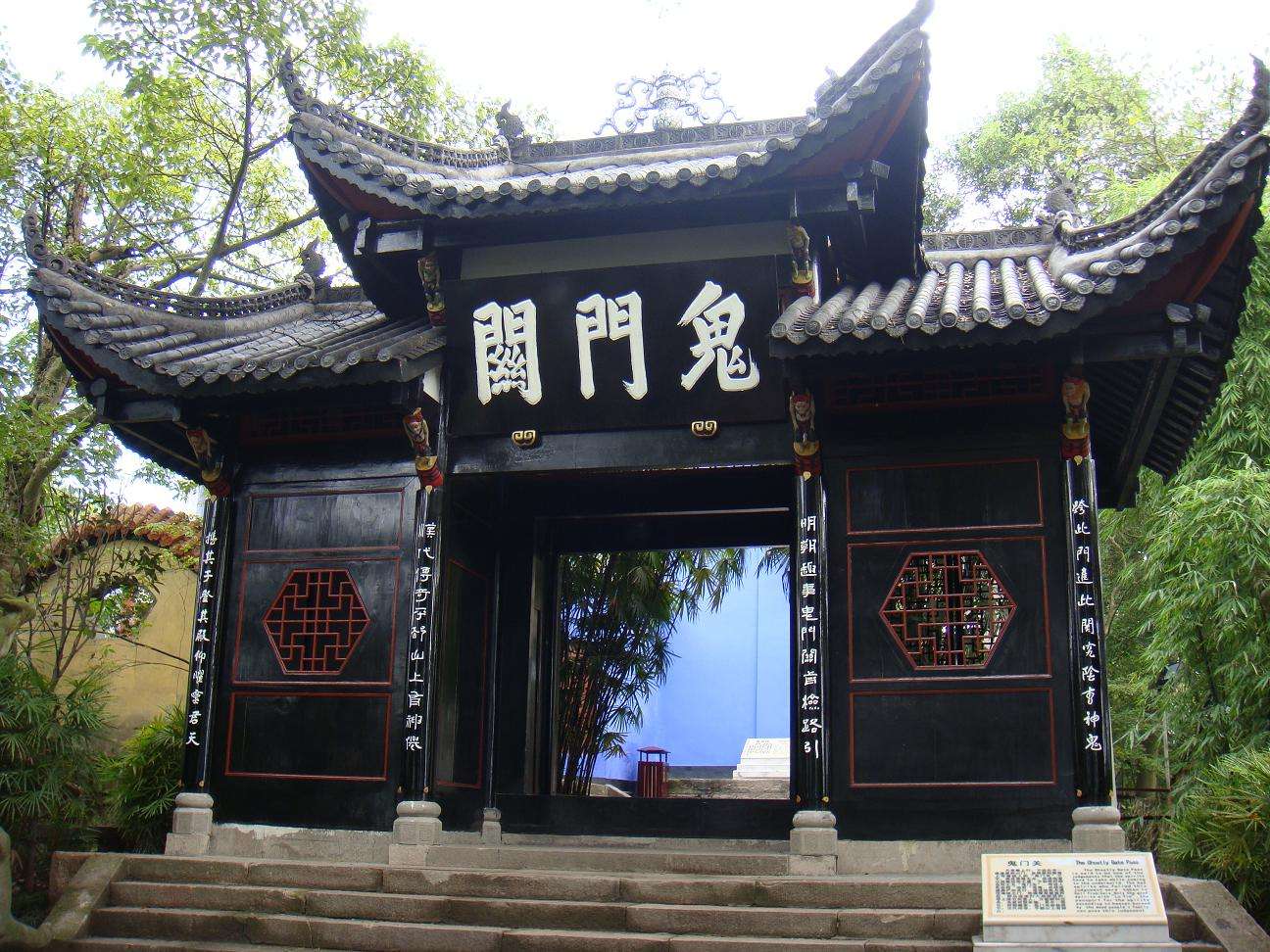
Fengdu is located on the northern bank of the Yangtze, 176 kilometers downstream from Chongqing . Known as the 'Ghost City' , Fengdu is a very popular shore excursion site for tourists on the Yangtze River .
Fengdu received its reputation as the 'Ghost City' in the Eastern Han Dynasty. Two officials from the imperial court--Wang Fang Ping and Ying Chang Sheng were bored with political life in the court and came to Mt. Minshan outside Fengdu city to practice Taoist teachings. Both of them later became immortals by carrying out self-cultivation. When combined together, their surnames Yin and Wang sound very much like 'King of Hell' in Chinese. Hence the people began to call Fengdu the 'Ghost City '.
To Chinese people, the social structure is hell is exactly like that in the real world. In hell, a spirit goes through the whole bureaucracy to be finally judged. Those pure of spirit will be rewarded and those sinful of spirit will be subjected to severe punishments.
Different punishment would be given to different kinds of sins. The temples built on Mt. Minshan display punishing instruments and wild demon images, which vividly depict the Chinese people's imagination of Hell.
Shibaozhai
Shibaozhai represents one of the gems of Chinese architecture along the banks of the Yangtze River . From afar, the protruding 220-meter (720 foot) hill on the north bank can appear to resemble a jade seal, and is so named. The creation of the hill is attributed to the goddess Nuwa in a Chinese legend, who caused a rockslide while she was redecorating the sky after a fierce battle between two warring dukes.
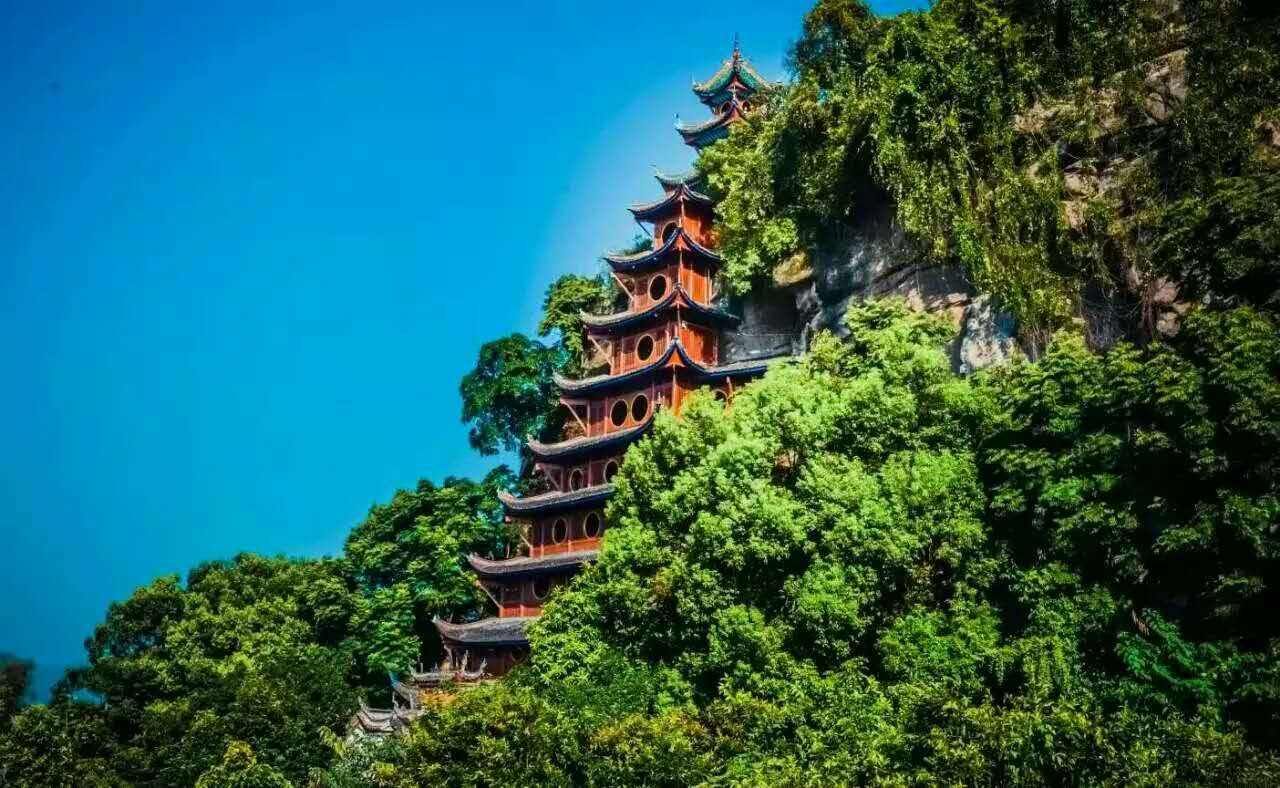
A red pavilion hugs one side of this rock. Its tall yellow entrance gate is decorated with lions and dragons and etched with an inscription inviting the visitor to ascend into a 'Little Fairyland'. The temple at the top was built during the reign of the Emperor Qianlong (1736-96) and access to it was by an iron chain attached to the cliff. A nine-storied wooded pavilion was added in 1819 so that monks and visitors to the temple would not have to suffer the discomforts of the chain ascent. In 1956 three more stories were added. Each floor is dedicated to the famous generals of the Three Kingdoms period (AD 220-65), local scholars and renowned Chinese poets. The rising waters of the river will eventually surround the pagoda, which will be preserved with a tiny dam of its own, but left on an island.
In front of Ganyu Palace at the top of the Jade Seal Hill is the Duck Hole. It is said that as spring turns to summer, if you take a live duck and drop it through the hole, it will quickly reappear swimming in the Yangtze. In the past the monks apparently drew their drinking water from this hole by using a pipe made of bamboo.
The spirit wall in the temple's main hall is constructed of excavated Han-dynasty (206 BC-AD 220) bricks. The hall behind is dedicated on the right to General Zhang Fei and Yan Yan of the Three Kingdoms, and on the left to General Qin Liangyu (1576-1648) who fought bravely against the Manchu forces. A mural shows the goddess Nuwo repairing the sky.
In the rear hall are the remains of the Rice Flowering Hole. Legend has it that long ago just enough husked rice would flow up from the small hole each day for the needs of the monks and their guests. One day a greedy monk, thinking he could become rich, chiseled a bigger hole, and the rice flow ceased forever.
In 2009 the water level of the Three Gorges Dam Reservoir will reach the base of the yellow entrance gate of Shibaozhai.
Wanzhou
Wan Zhou (previously known as Wanxian) is a small mountainous city known the gateway to East Sichan . It is located 350 kilometers down stream from Chongqing and spreads out on both sides of the river.
This city received its name during the Ming Dynasty (1368-1644) and became a Foreign Treaty Port in 1902.
In 1926 two British gunboats bombarded the city, when the local warlord took to commandeering foreign vessels to transport of his troops. Following this incident a boycott on the loading and of British vessels was enforced for several years. This became known as the Wanxian incident.
Main industries: Today, Wanxian is an important port and industrial center. Wanxian tangerines, oranges and peaches are renowned throughout China . The city's silk-spinning and weaving industries are well known in the Yangtze Gorges region.
Tourist Attraction: The exciting acrobatic show is well known in this region and there is a free market in town where local produce and crafts are sold.
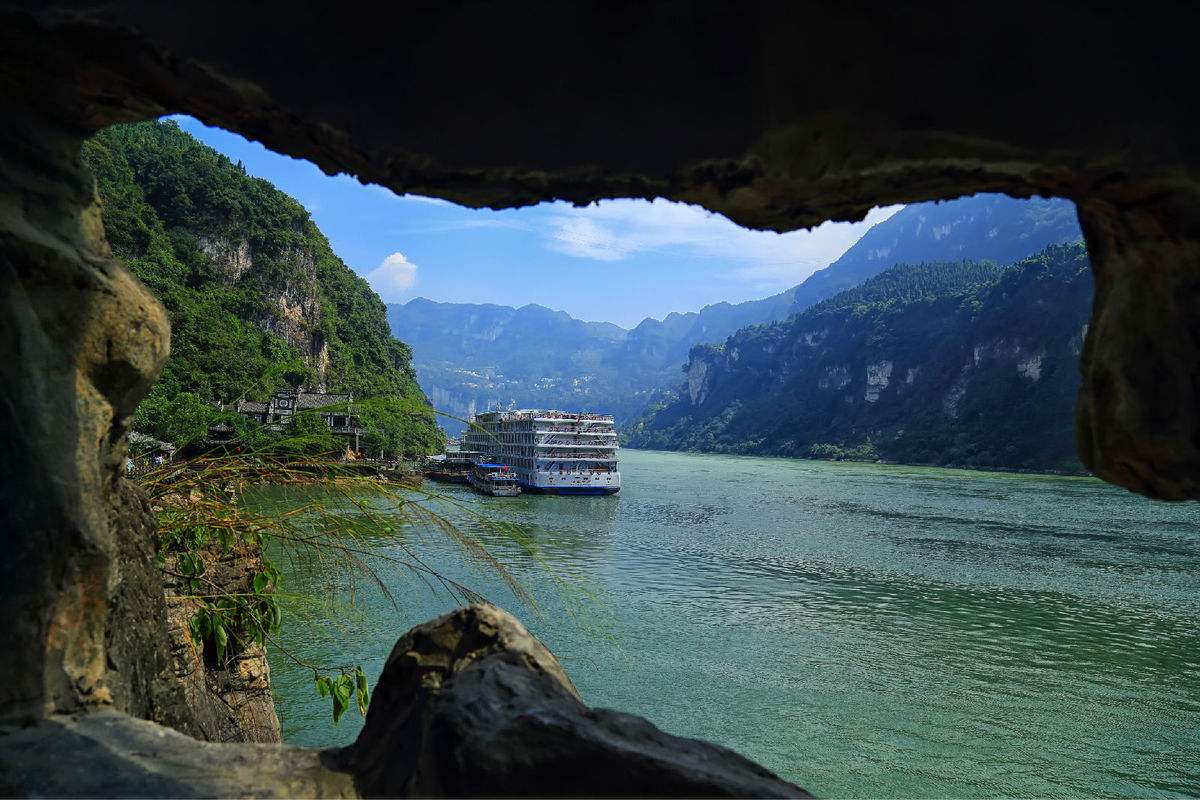
Daning River and Little Three Gorges
Daning River is a tributary of Yangtze River at Three Gorges area. The river winds its way 33 kilometers (20 miles) through the beautiful Lesser Gorges; birds singing and monkeys chattering can sometimes be seen from both banks. The water is strikingly clear in contrast to the muddy, turgid waters of the Yangtze.
The first is Dragon Gate Gorge. In this gorge, the river ranges from only ten to thirty meters wide while the cliffs on either bank soar to an average of 800 to 1000 meters. Mysterious plants and fungus of longevity (lingzhi) are said to grow high up on the cliff face.
Two rows of square holes extending the entire length of the gorges are all that
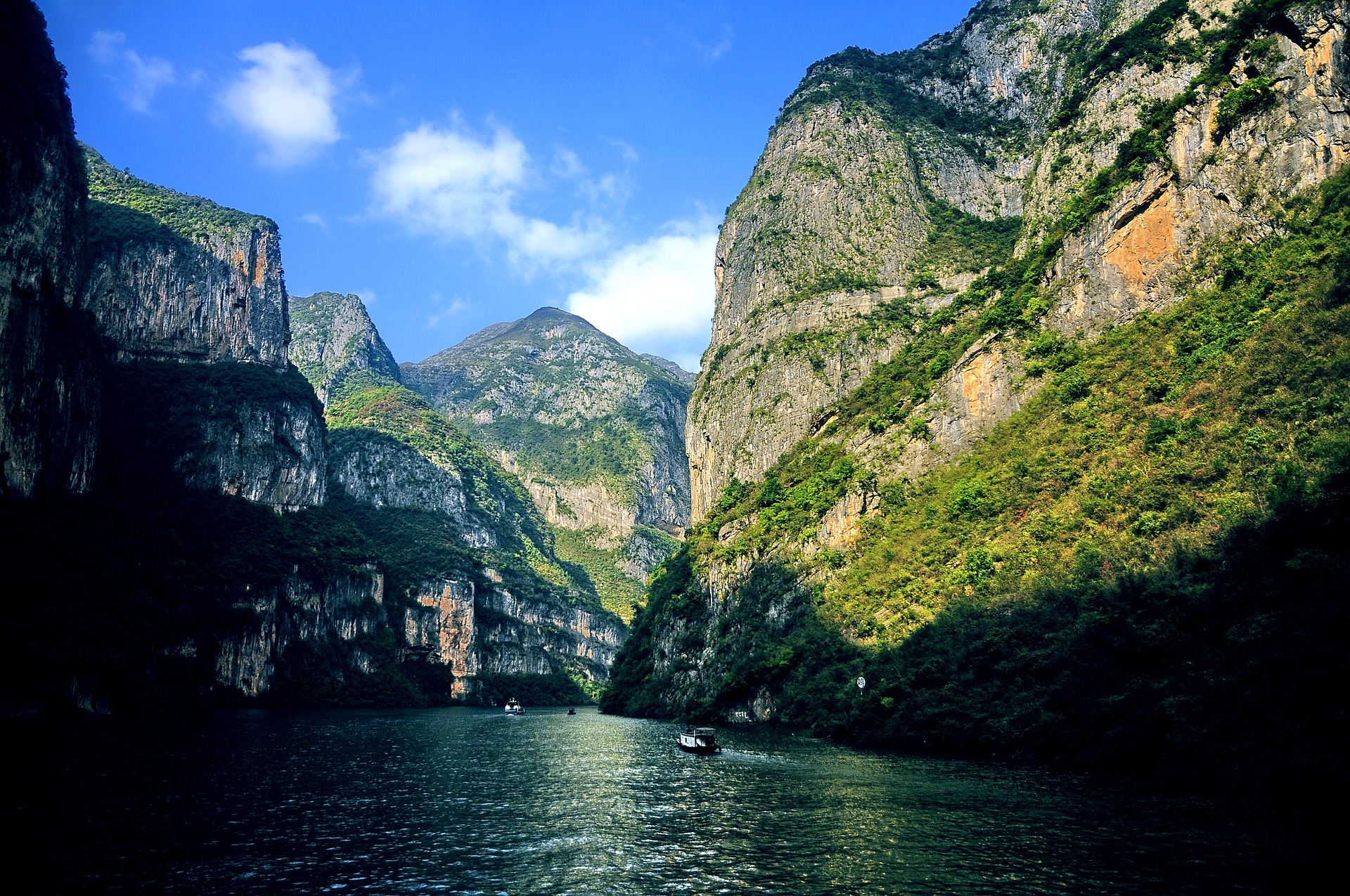
remain of ancient plank walkway. The walkway allowed easier access to salt mines far up the river. The existence of the walk way was recorded in 246 BC and was finally destroyed by the Imperial Ming army during the 17th century after a peasants uprising.
Each gorge is separated by lush terraced fields where a variety of crops grow during all four seasons of the year. In the Misty Gorge, a 2,000-year-old 'hanging' coffin can be seen suspended on a precipice high up on the cliff-face. The coffin is a relic left over from the Ba people who inhabited the gorges region 3,500 to 1,800 years ago. At one time hundreds of these coffins could be seen throughout the Three Gorges and the Daning River , suspended from seemingly inaccessible areas on the cliff-side. The Emerald Green Gorge, the farthest from Wushan, is covered with lush bamboo grooves and foliage. The return trip downstream to Wushan is usually made in less than half the time required for the upstream boat ride.
Shennong Stream
The 60-kilometer tributary of the Yangtze River, rises in the southern part of Shennongjia Natural Reserve and joins the Yangtze at Xirangkou in Hubei's Badong County . It runs out of the deep valley through the forest at a height of 3000m above sea level, and rushes southward between rocky cliffs. It covers 60 km and totally 17 rivers and streams flow into it.
The crystal clear steam flows from north to south through deep gorges and finally it merges with the Yangtze at the east of the mouth of Wu Gorge. One relaxing ride of ferryboat passes along the Mianzhu, Yingwu and Longchang Gorges.
Precipitousness is the most noticeable characteristic of Mianzhu Gorge. Rocky cliffs rise steeply on both sides of the narrow river. Stalactites of all shapes sizes hang from the cliffs. The narrowest point of the gorge is only a bit over four meters wide. Here, the rocky walls stand so close across the river that they almost join together in the sky. This spot is called Yixiantian (A Rift in the Sky) where you can enjoy the life like Savage Palm and the Snake out of the cave.

Yingwu Gorge is famous for its natural beauty. Here, you can find flowers in full blossoms on all sides against the background of green hills; you can hear birds singing in the bushes and woods; you can walk through the dinging streams and take a drink in the clear springs; here, you can watch the 'three color spring' shooting out of the cliff to forma 100 odd meter colored belt in the mid-air. The Swallow Cave is even more curious and marveling. This cave, home of thousands of short beaked golden swallows, is about 80 m in height and 30 m in breadth. About 50 m further into the cave, you can see tier upon tier of lava like terraced fields extending before your eyes. This spot is called the Thousand Fallow- Fields.
Longchang Gorge is noted for its magnificence. Here, the river cuts through the sheering up rocky cliffs and winds its way down the deep gully. Peak Baota (Tower) thrusts abruptly into the sky, and traces of ancient battles can still be found.
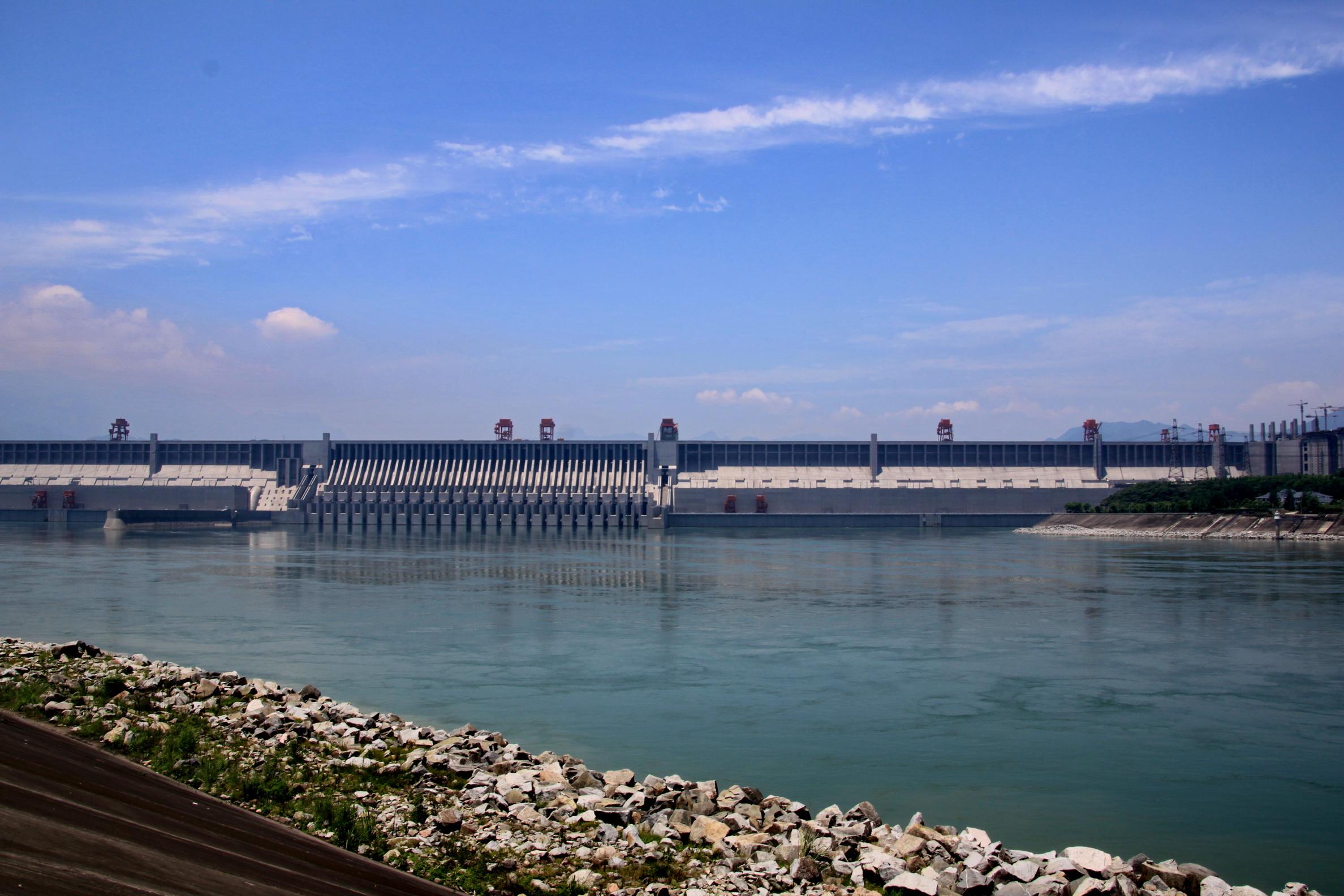
Three Gorges Dam
The mammoth project is located at Sandouping, Yichang City of Hubei Province. As the modern China's most ambitious construction, and one of the most controversial in the world, it took a steady and firm step to its completion from 1993, finally to 2009. The estimated investment is about US$29 billion. More than 1 million people have been or will be relocated in other parts of the country. China's engineers have erected a permanent wall, nearly 600-feet high (185m), to harness the Yangtze, the world's third-longest river, and will provide a huge source of hydropower for the world's most populous nation. When the dam is complete, it will be capable of pumping out 18,200 megawatts of electricity from 26 generators, each equal to a medium-sized nuclear reactor. The Three Gorges Dam has now become one major excursion site of all the Yangtze cruises.
Mt. Huangshan (Yellow Mountain)
Situated in the southern part of Anhui Province in China , Huangshan (Yellow
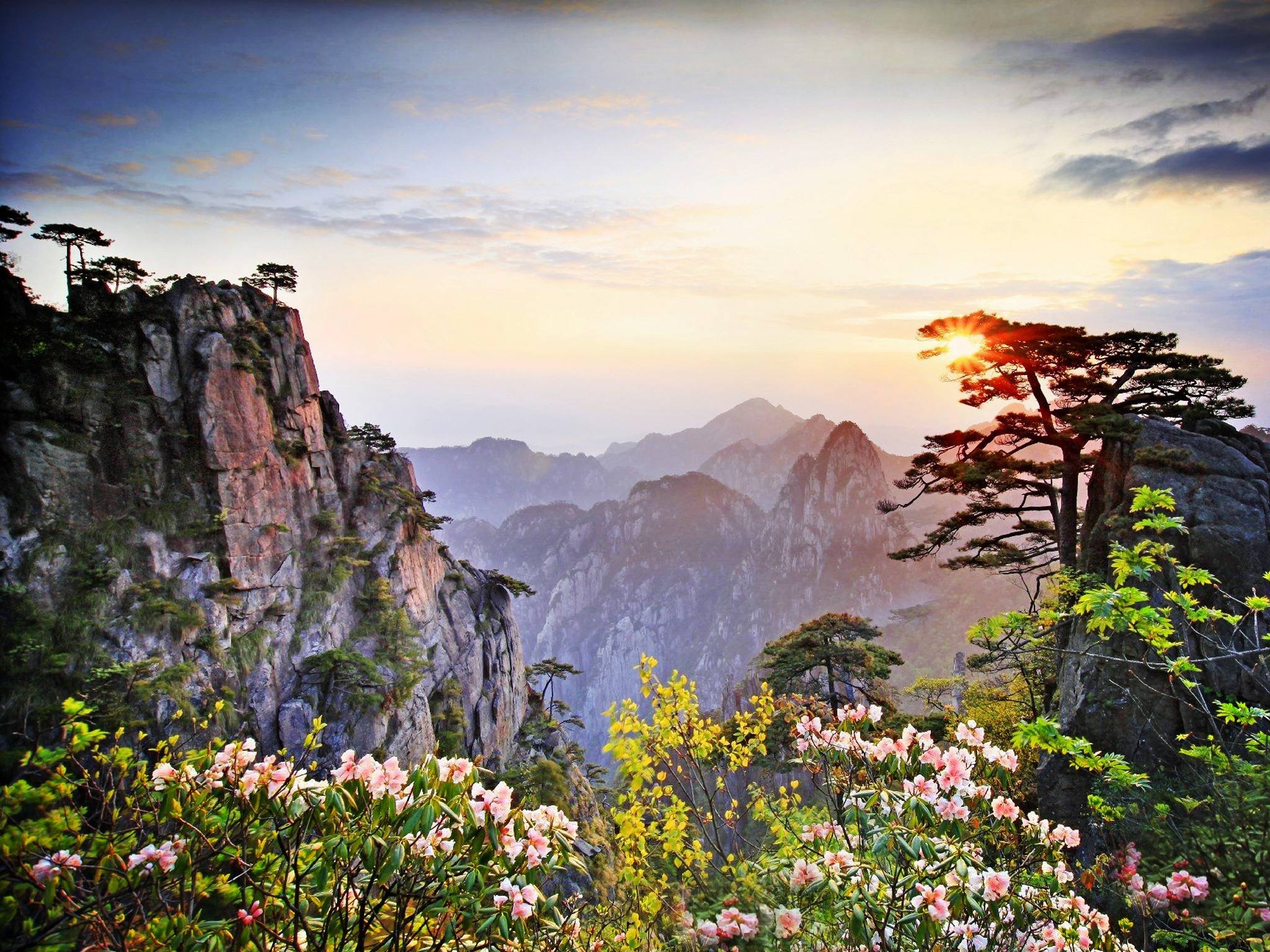
Mountain ) is a famous scenic spot. On the mountain, the peaks rise one upon another and the pines and cypresses are luxuriantly green. Among the 72 big and small mountain peaks and ridges, the lakes, brooks, deep pools and waterfalls can be found everywhere. All over 1800 meters above sea level, and shrouded in clouds and mist, its main three peaks: Lotus Flower Peak , Ever Bright Peak and Heavenly Capital Peak present a scenery of boundless variety. Huangshan owes its unique scenic value to four factors, i.e. queer pines, grotesque rocks, cloud seas, and a hot spring. The exquisite scenery varies with the various seasons. Most spectacular are blossoms in Spring, pools in Summer, forests in Autumn and snow in Winter. In 1990, the UNESCO listed Mt. Huangshan as 'A World Cultural And Natural Heritage.'
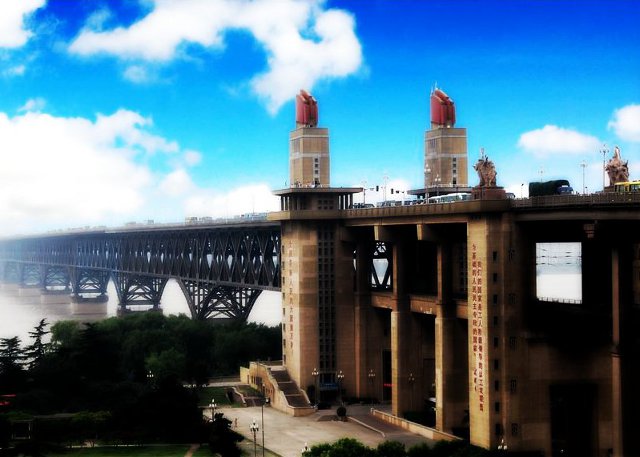
Nanjing
Nanjing - 'Southern Capital' - is located on the Southern bank in the lower reaches of the Great Yangtze River and is the capital of Jiangsu province. A walled town was built during the Eastern Han period (25-220 AD) known as 'Stone City'.
Nanjing was thought to be propitious as well as strategically important. Eight dynasties established their capitals in the city between the third and fourteenth centuries. In the sixth century, the Sui Dynasty established its capital at Xlan and ordered the complete destruction of early dynastic building in Nanjing . The city flourished again during the Tang Dynasty when the great poets Li Bai, Bei Ju Yi, Liu Yu XI lived here for a while. The founder of the Ming Dynasty, Zhu Yuan Zhang set up his capital here, building palaces, temples, and pagodas. He enlarged the city wall to make it the longest city wall in the world.
Tourist Attractions:

Dr. Sun Yat Sen's Mausoleum: It is Nanjing's most famous landmark. The Mausoleum was completed in 1929 as a memorial for the father of the Chinese Republic . The remains of Dr. Sun Yat Sen are beneath a recumbent marble statue of him in the circular crypt behind the memorial hall of Sun Yat Sen.
The Ming Tomb: The first Emperor of the Ming Dynasty was buried here in 1398 along with his Empress. The tomb is recorded as having taken convict laborers three years to complete. Most of the buildings have been destroyed.
Fu Zi Miao (Confucius Temple): A newly developed area
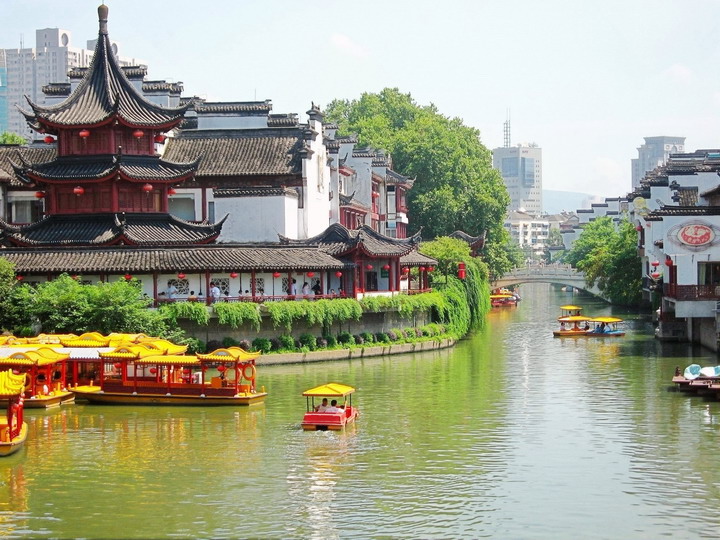
where Qing-style buildings house shops and restaurants. The city fathers have recreated the bustling bazaar that clustered around Song dynasty's Confucius Temple which stood here. The temple was destroyed by the Japanese in the 1940's and has been reconstructed.
Linggu Monastery (Valley of the Soul Monastery): In order to build this mausoleum on an auspicious site, the Ming emperor, Hong Wu, first had to remove an existing temple to its present wooded peak. All that remains of the Ming Temple is the 46-meter long Beamless Hall, made of brick with no supporting wooden beams. A handsome pallou or gateway leads to the hall. The present Linggu Monastery dates from the late Qing Dynasty and is occupied by a community of monks.


